african sumac tree allergies
This can lead to reactions in people who live near palm trees. Here are a few African Sumac photos since I receive so many hits on them.
African Sumac English 130 Group 1
Some people find Arican sumac to be a source of allergies due to the pollen from male flowers during desert winters.

. Double rows of leaves. An African Sumac tree is perfect for hot dry climates and for anyone that is looking for an attractive shade tree with a long lifespan. This tree can cause constant sneezing in the people who react to it.
Last year I wrote about my daughters strange allergic and anaphylactic reaction after eating at a restaurant at Disneyland. The fruit is more than 18 in diameter and matures in late. Allergies to this tree are not common.
If you think a rash is bed it is nothing compared to the harmful effects this tree can cause in the lungs. Every part of the tree contains urushiol oil which causes an allergic reaction to skin. Plant African sumac in a soil with good drainage.
They make small bead like seeds. The African sumac is an invasive tree that you should avoid planting in Phoenix. Its fine textured foliage varies from pale green to deep olive-green and has a resinous smell when crushed.
Cats climb up them when they are big. However those that do show reactions to this tree show it in a big way. Larger sumac trees will often grow long and slender branches that tilt downward.
They are also used for ornamental purposes due to the attractive fall foliage color. Sitting in my backyard and writing last week I was seduced by a pretty tree waving at me. Cons of African Sumac Trees.
So it is always better to have a basic understanding about the features of common sumacs including the toxic ones. According to Chamberland these palm trees suffer in the Phoenix climate and are much better off in the soil and humidity of places like Florida. Refrain from burning any part of the tree.
Sumacs are coarse-growing suckering shrubs to small trees with whitish sap. This tree nut allergy alert for several other natural products is my second post sharing what Ive learned from my own daughters severe tree nut allergies. So much for working from home.
African sumac has a moderate to high invasive potential in urban areas and surrounding riparian habitats. Basically seedlings can germinate anywhere there is constant or seasonal sources of water. The queen palm is a good example of this.
Ad Learn About Allergies Caused By Tree Pollen And How Flonase Sensimist Can Help. Department of Agriculture plant hardiness zones 8 through 10. African Sumac is a tree which can cause unrelenting sneezing among many.
African sumac trees Rhus lancea are highly drought-tolerant and grow as shade trees in US. However not all sumac trees cause allergic reactions. As an Amazon Associate I earn from qualifying purchases.
Every part of the tree contains urushiol oil which causes an allergic reaction to skin. They are easy to prune or shear and have minimal maintenance. Tall and a round canopy of equal or greater width.
The flowers are less than 18 wide with 5 white petals. Suckers and Water Sprouts. Every part of the tree contains urushiol oil which causes an allergic reaction to skin.
They tend to have a deep green and yellw a bit to show a problem usually not enough food or watter in the desert. Other trees in the state of Arizona which could potentially lead to Hay fever include. Russian Thistle is a tumbleweed which many people are sensitive to causing skin rashes and other allergic reactions following exposure.
They make great shade. It makes small fruits that birds love to eat. Tim Steller Arizona Daily Star.
Gardeners should never handle the tree without gloves and keep children away from the plant. But this is. The leaves are pinnately compound 12 long with a shiny green color on the upper side of the leaves and a whitish color beneath.
African sumacs are poisonous to humans. However individuals that are allergic to cottonwood trees often experience an extreme allergic reaction. This tree is not one of the most common sources of allergies.
The tree is a drought-tolerant native of Africa and is susceptible to root rot when it. Refrain from burning any part of the tree. Here Are 25 Remedies You Can Find At Home.
African sumacs are poisonous to humans. The red or red-brown stems usually hold between 6 and 12 leaves plus. These palm trees produce a large amount of pollen.
Commonly found in North America and Africa sumac trees grow abundantly in the wild. This tree can cause the people allergic to it to suffer through unrelenting spells of sneezing. Ad Allergies Are The Worst.
The African sumac is a medium size evergreen tree growing with a low branching habit 20-30 ft. Poison sumac plants generally feature stems with two parallel rows of leaves. These trees sprouted from seeds several years ago.
A Rhus lancea African Sumac can be trained to a single trunk or allowed to grow into a multi-trunk tree with a look that resembles an olive tree. Poison sumac is considered more allergenic than both poison ivy and poison oak. Gardeners should never handle the tree without gloves and keep children away from the plant.
Leaves are palmately divided into 3 narrow leaflets each 3-5 in. Learn About The 20 Early Signs Symptoms Of Allergy That You Should Be aware of. Skin contact with the oil of a poison sumac plant leads to an itchy burning allergic skin reaction.
Feather Palm and Desert Fan Palm. African sumacs are poisonous to humans. Most types of sumac grow into a tree or shrub ranging between 5 and 20 feet in height.
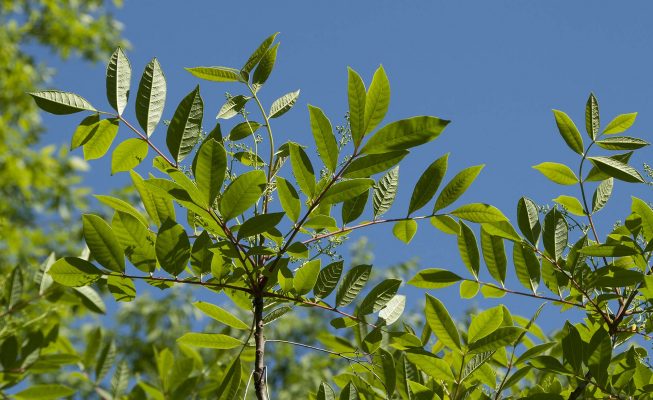
How To Identify Remove And Treat Poison Sumac
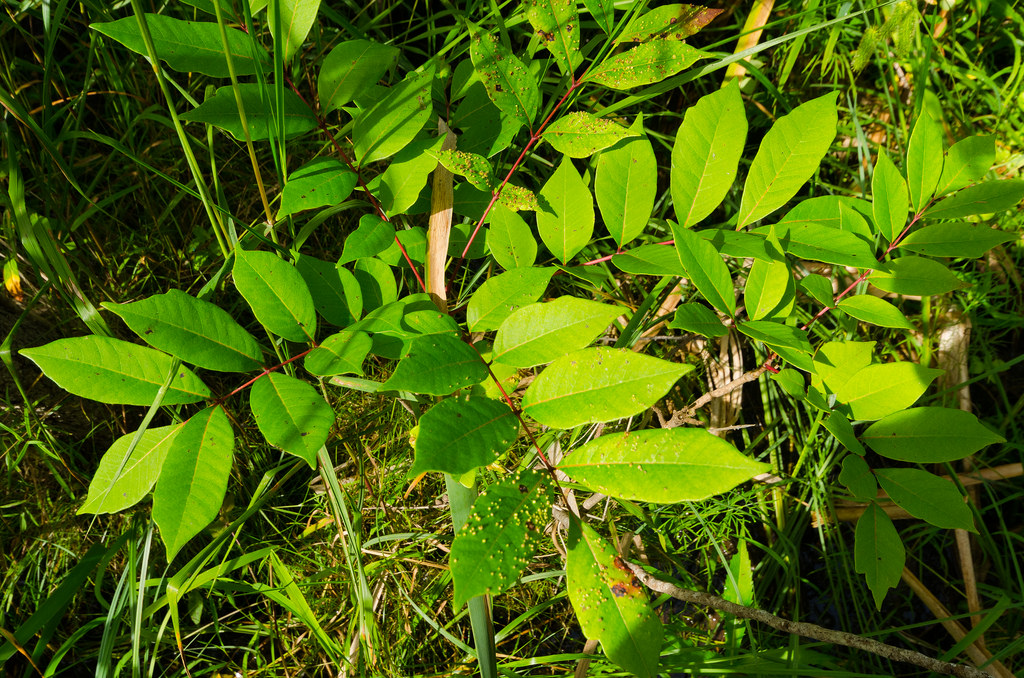
How To Identify Remove And Treat Poison Sumac
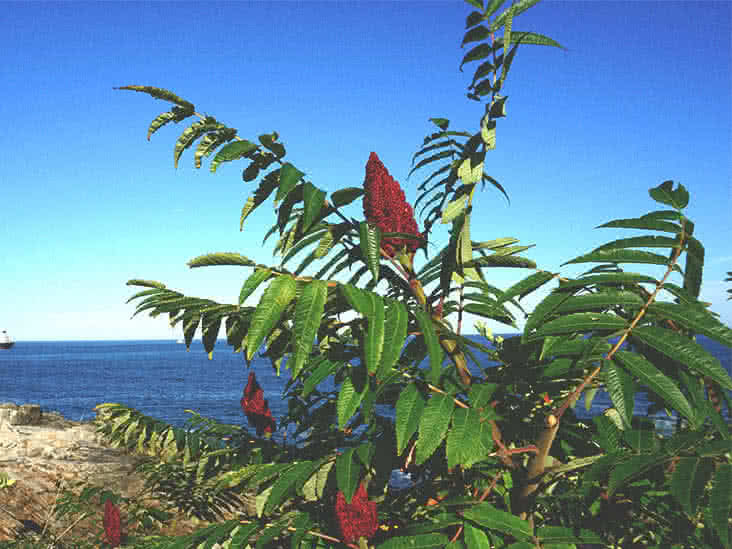
Poison Sumac Rash Pictures And Treatment

Invasive Tree Could Be A Problem Tucson Com

Staghorn Sumac Arca Del Gusto Slow Food Foundation
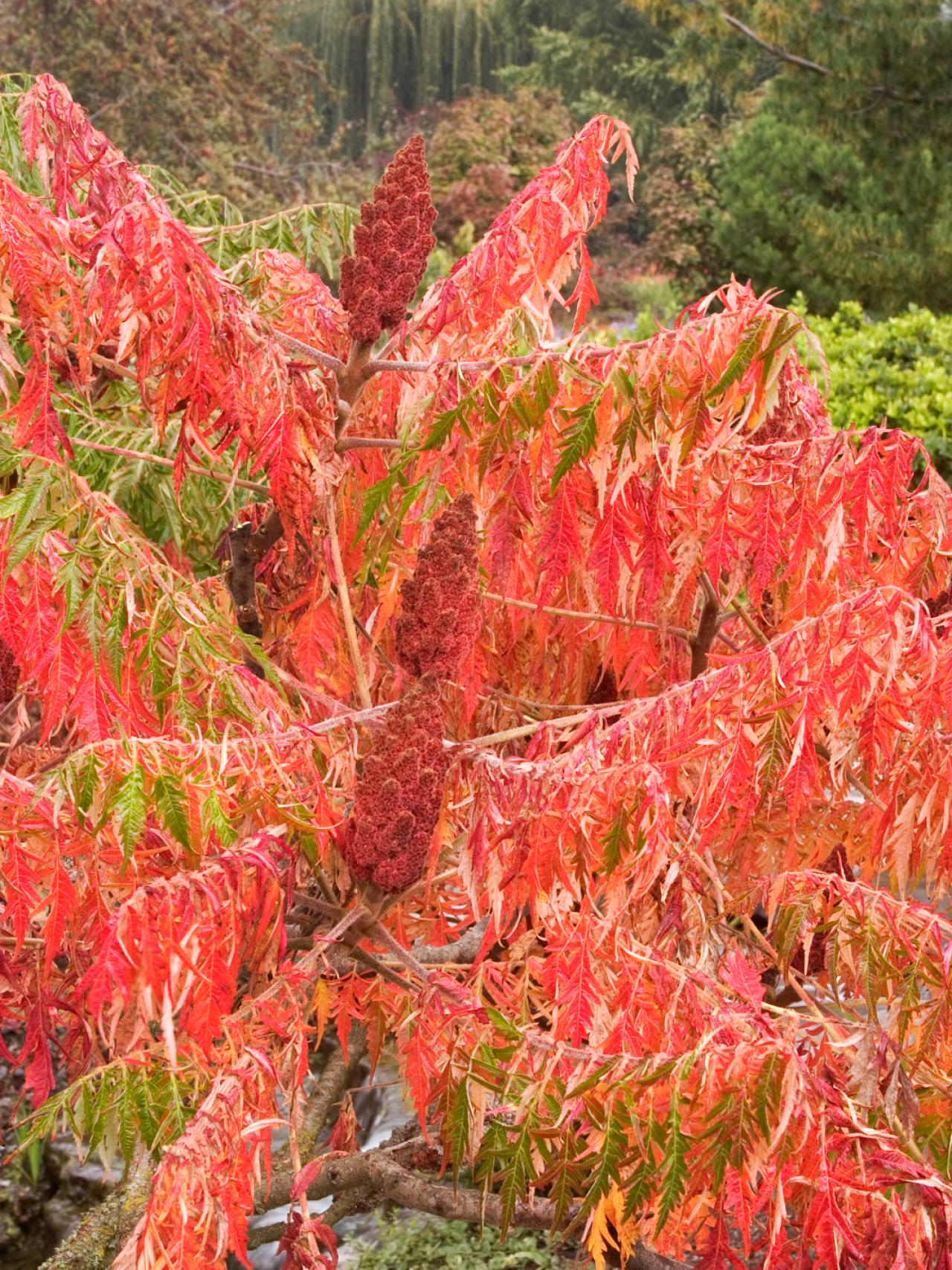
Sumac Trees Are Unsung Garden Trees Hgtv
African Sumac English 130 Group 1
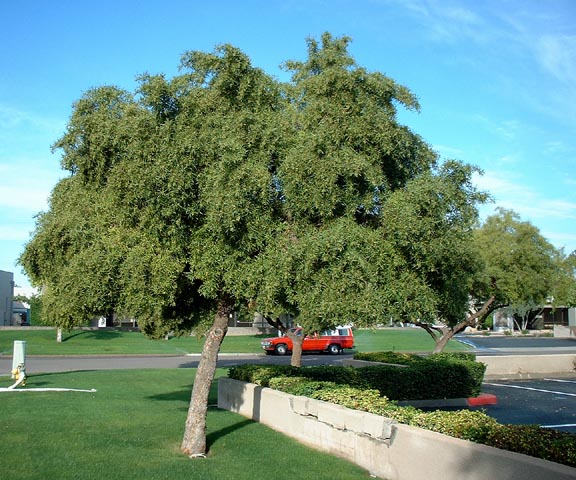
Scientific Searsia Lancea Formerly Rhus Lancea Common African Sumac Willow Rhus Black Karee Indigenuous Common Name Family Anacardiaceae Origin Southern Africa In Zambia Namibia Botswana Zimbabwe South Africa And Lesotho
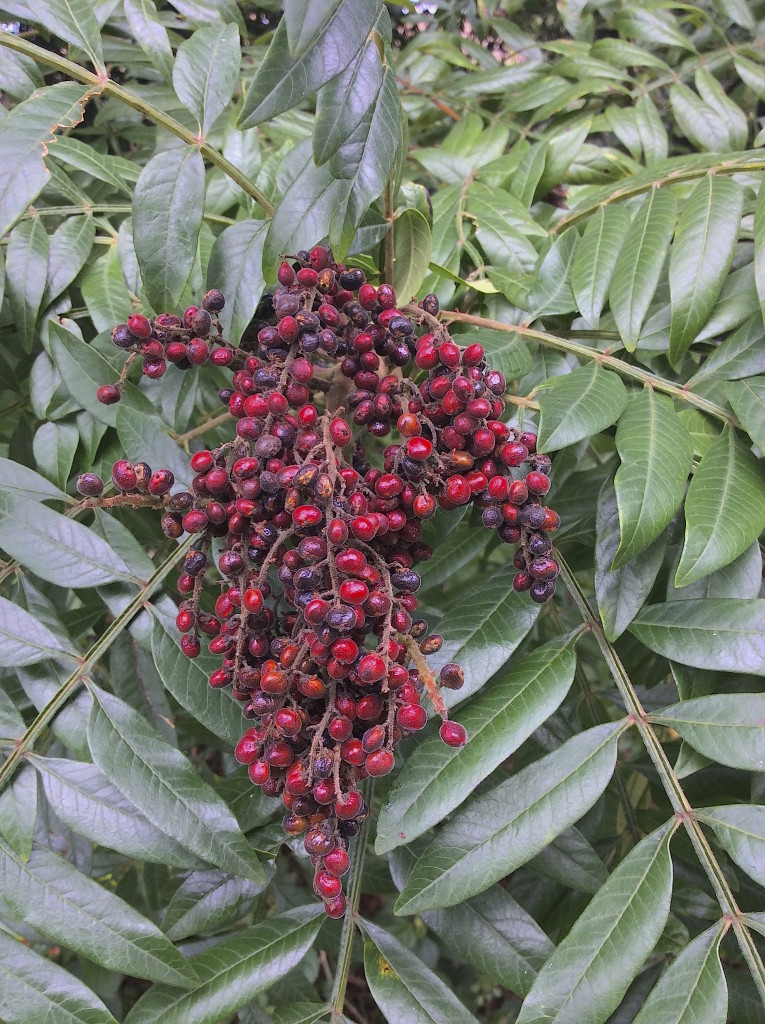
Sumac More Than Just Native Lemonade Eat The Weeds And Other Things Too
African Sumac English 130 Group 1

Smooth Sumac Archives Alexcityoutlook Com
/tree-of-heaven-invasive-plant-profile-5184401-hero-a4dfe665b1834698bb29870260729694.jpg)
How To Identify And Remove Tree Of Heaven
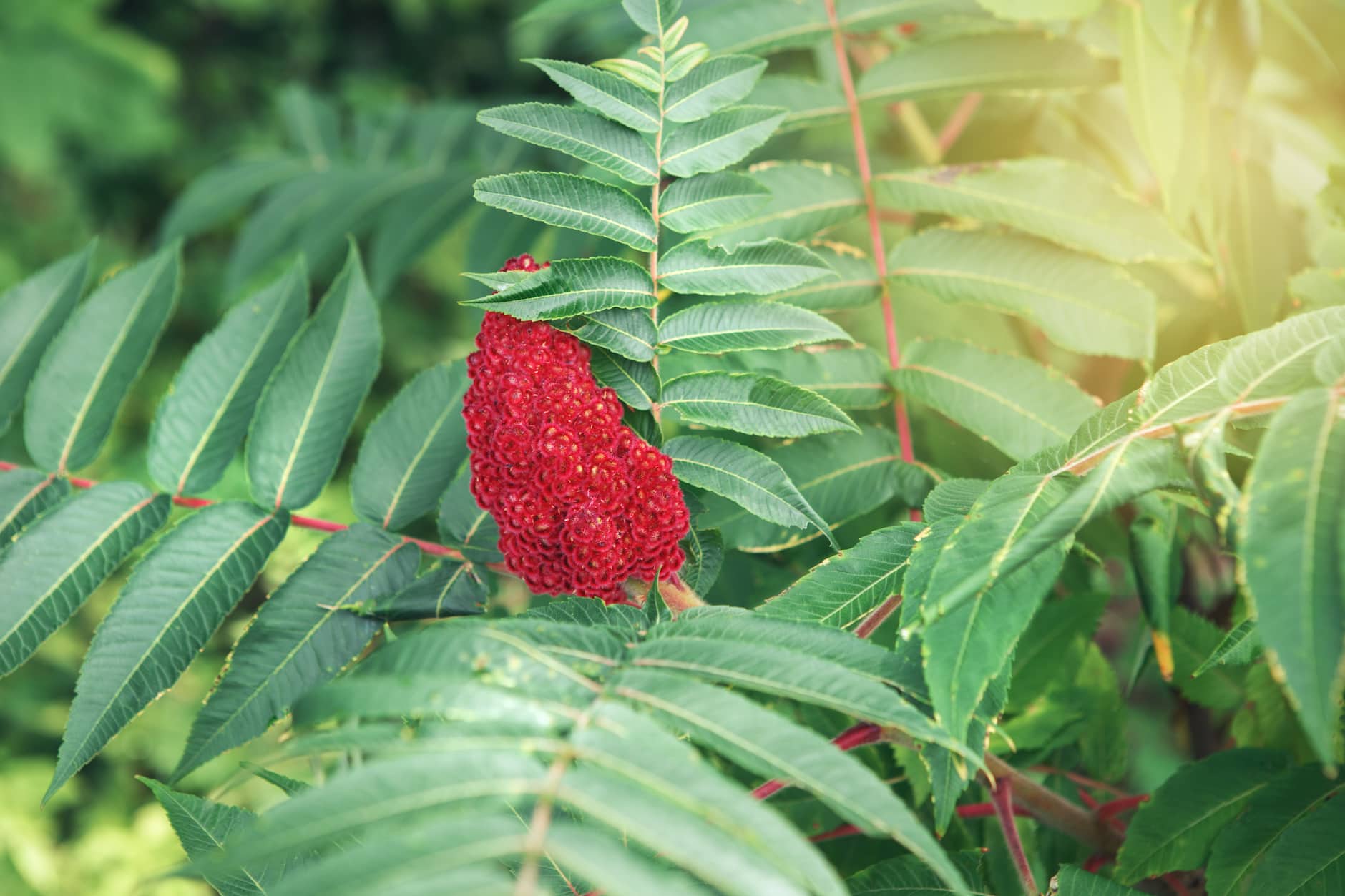
Wild Edibles Sumac Berries Farmer S Almanac
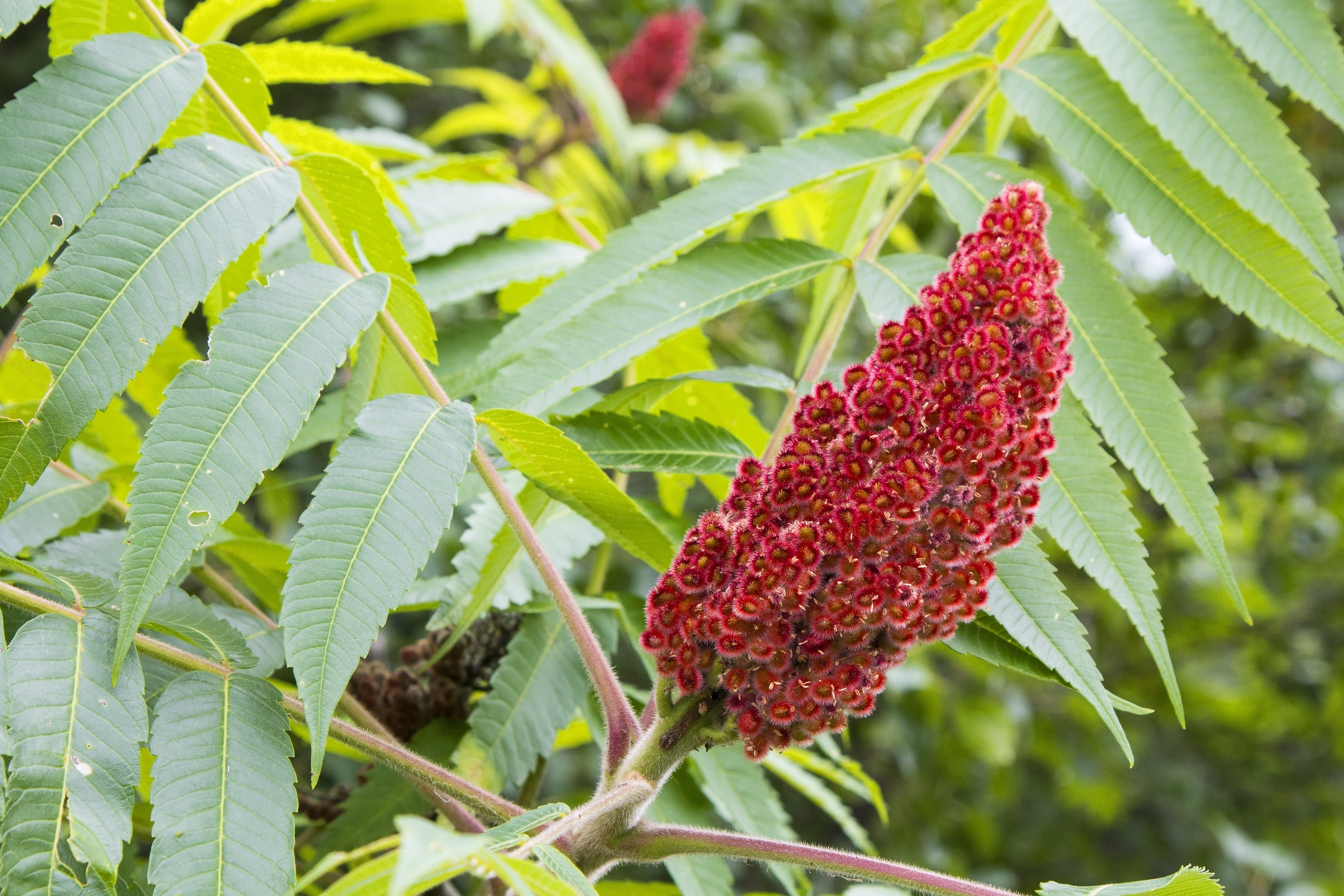
Can Non Poison Sumac Trees Cause A Rash
Scientific Searsia Lancea Formerly Rhus Lancea Common African Sumac Willow Rhus Black Karee Indigenuous Common Name Family Anacardiaceae Origin Southern Africa In Zambia Namibia Botswana Zimbabwe South Africa And Lesotho

Poison Sumac Rash Pictures And Treatment

African Sumac Tree Google Search Waterfalls Backyard Plants Landscape Design

Rhus Chinensis Herbalism Herbal Extracts Medicinal Herbs
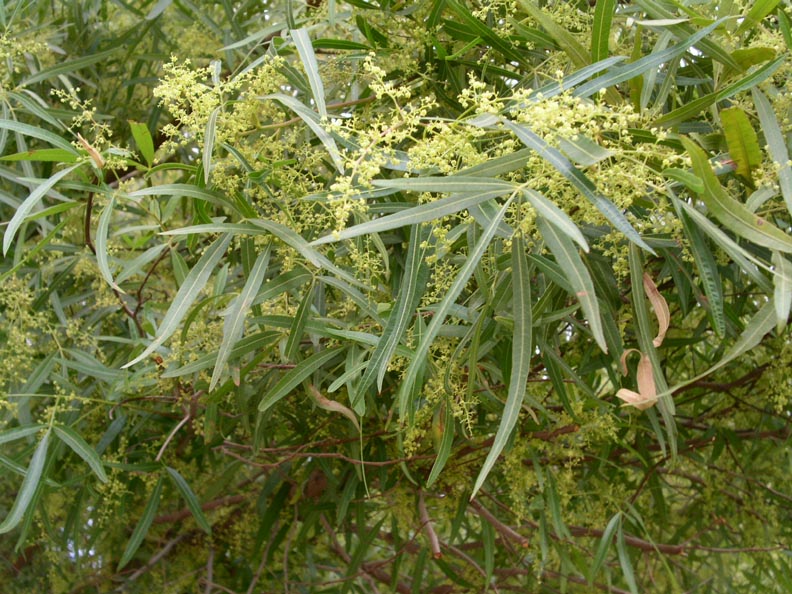
Scientific Searsia Lancea Formerly Rhus Lancea Common African Sumac Willow Rhus Black Karee Indigenuous Common Name Family Anacardiaceae Origin Southern Africa In Zambia Namibia Botswana Zimbabwe South Africa And Lesotho